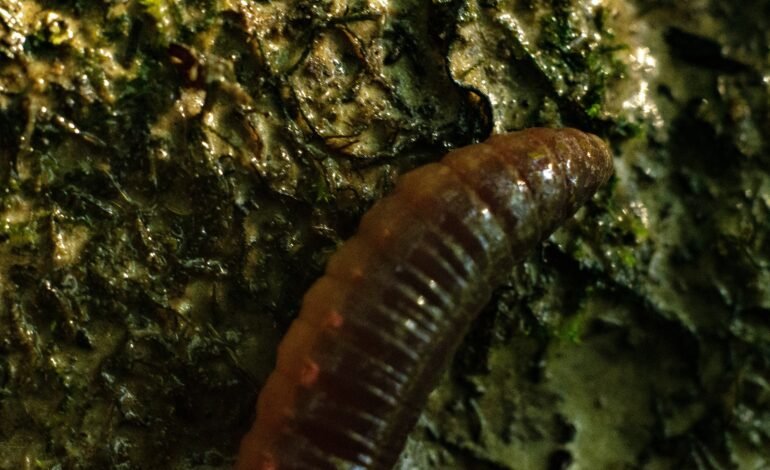Photo of Viktor Talashuk in Unsplash
The United States government confirmed the first human case of New World screwworm (Cochliomyia hominivorax) infestation in the country in years. This case was detected in a Maryland resident who had recently traveled to El Salvador. The Centers for Disease Control and Prevention (CDC) confirmed the case on August 4, in collaboration with the Maryland Department of Health.
What is screwworm and why is it worrying?
The New World screwworm is a fly that lays its eggs in open wounds or body orifices of warm-blooded animals, including humans. The larvae hatch and feed on living tissue, causing serious and potentially fatal lesions if not treated promptly. Although it is most common in livestock, it rarely infects people.
What is known about the patient and the risk to the population?
- The patient had returned from El Salvador, a country affected by an outbreak of this parasite.
- The CDC has rated the public health risk in the U.S. as “very low” because this infestation is not transmitted from person to person.
- Treatment is carried out by manually removing the larvae and disinfecting the wounds.
Precautionary measures in the event of a return of the threat
The government announced initiatives to curb the parasite's entry into the U.S., including the development of a plant to breed sterilized flies in Texas, following a successful method used in previous decades.
The use of drugs to treat or prevent this infestation in animals is also being studied under emergency authorization (FDA). Authorities have halted livestock imports from Mexico and strengthened surveillance networks to detect and contain the parasite.
The screwworm was eradicated in the US in the 1970s using sterilized flies that were released en masse in affected areas.
A potential outbreak could cause economic losses of up to $1.8 billion in Texas, the largest cattle-producing state in the country.
For more stories like this, follow More Latin.
Sources:

